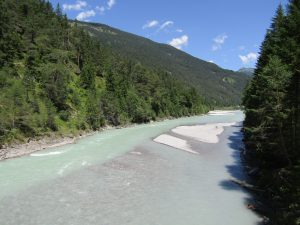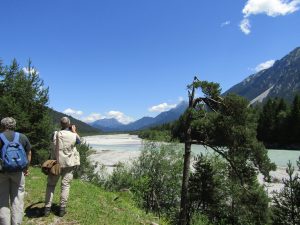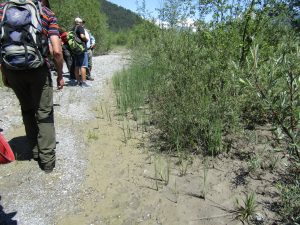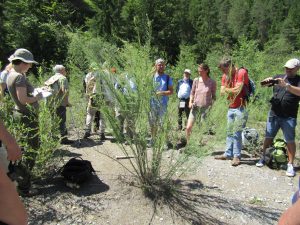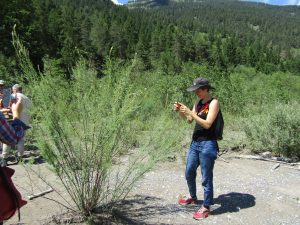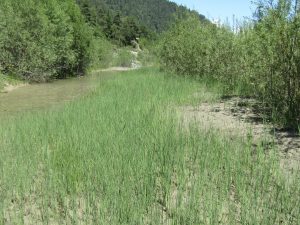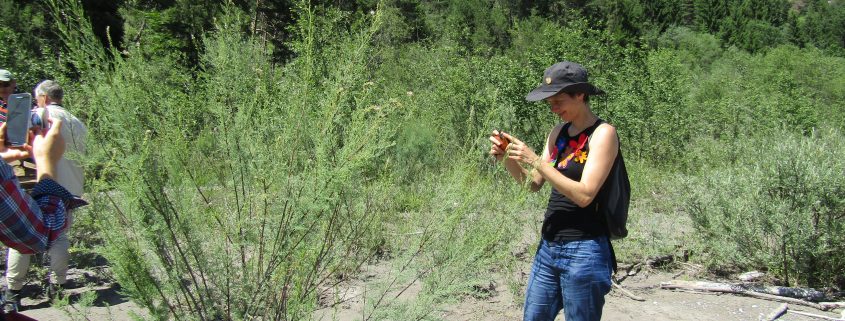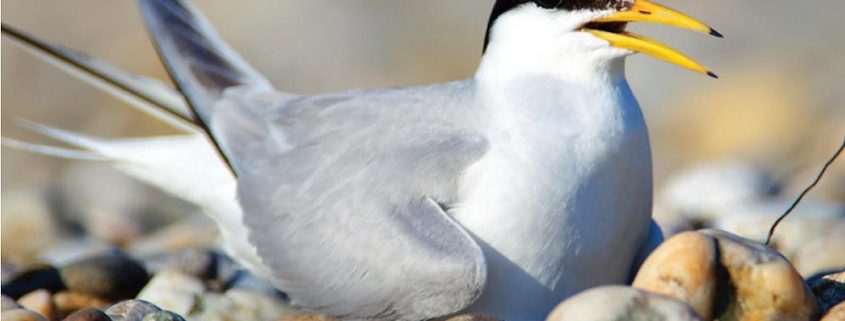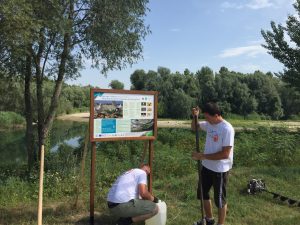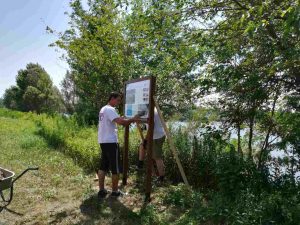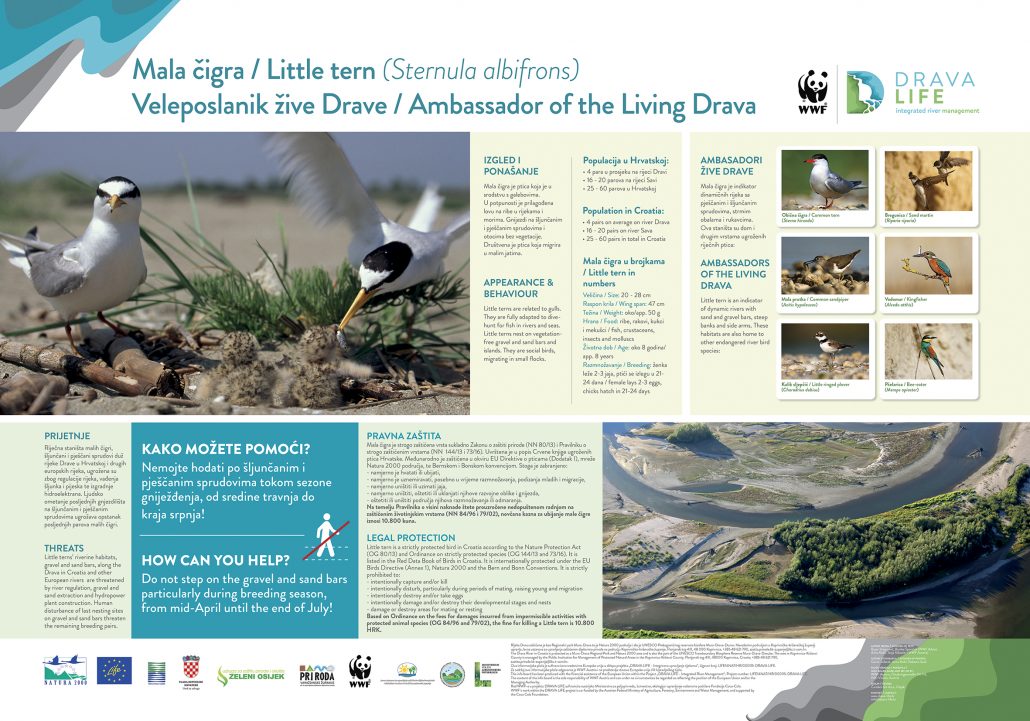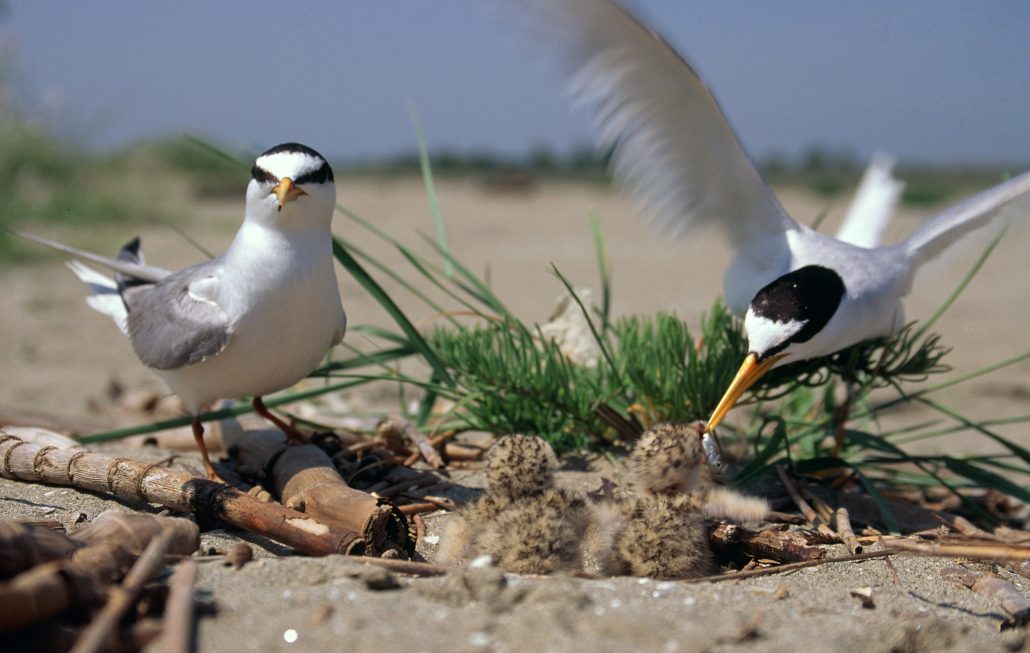DRAVA LIFE project partners learned about good examples of reintroduction of German tamarisk on European rivers
Füssen, Germany – WWF members of the DRAVA LIFE project team participated on a two-day workshop on reintroduction of German Tamarisk (Myricaria germanica) in Füssen, Germany (4-5.07.2017). On the workshop led by the German and Austrian reintroduction experts they learned about most important conditions necessary for the successful reintroduction of the German tamarisk, the genetic diversity of the plant and its importance. Also, the workshop gave insight into practical experience in implementation and communication of activities related to the reintroduction of German tamarisk from various projects in the province of Salzburg in Austria and the Lower Bavaria region in Germany. On the first day of the workshop, a study visit was organized to the locations of successful reintroduction of the German tamarisk and Dwarf cattail (Typha minima) on the rivers Lech in Austria (Tyrol) and Halblech in Germany (Bavaria).
“German tamarisk, once widespread plant species, both on the Alpine rivers of Europe and in the lowland part of the river Drava in Croatia, has almost disappeared from our areas due to human impacts on the river ecosystem and hence loss of dynamic river banks. Within the DRAVA LIFE project we will try to reintroduce this sensitive riverine plant on several locations along the Drava River in Croatia,” said Branka Španiček from WWF Adria.
